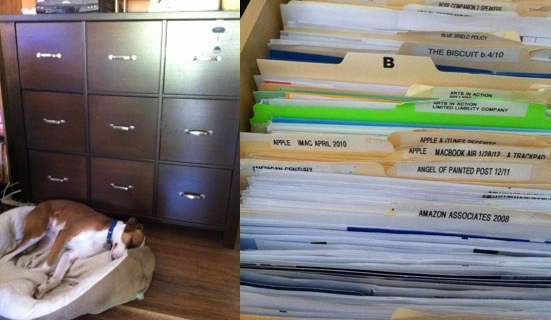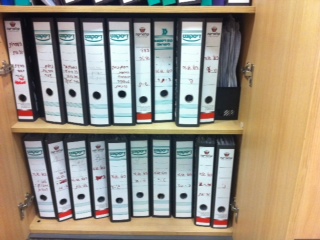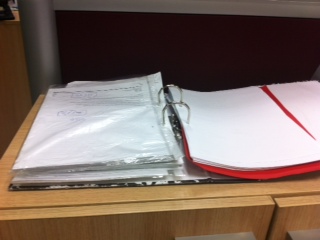Hello,
I've read the book in Hebrew, so perhaps the terminology I use might look a bit odd.
I got stuck a few times in the part discussing the filing of "assistance stuff",
meaning stuff that I don't need to do anything about it other than filing it
for future use (for example manuals of electric equipment).
It said in the book that I have to keep a big amount of files for this purpose.
The question is: how do those files look like? Can someone maybe attach a picture
showing how this filing drawer should look like?
Best Regards,
Ariel
I've read the book in Hebrew, so perhaps the terminology I use might look a bit odd.
I got stuck a few times in the part discussing the filing of "assistance stuff",
meaning stuff that I don't need to do anything about it other than filing it
for future use (for example manuals of electric equipment).
It said in the book that I have to keep a big amount of files for this purpose.
The question is: how do those files look like? Can someone maybe attach a picture
showing how this filing drawer should look like?
Best Regards,
Ariel



